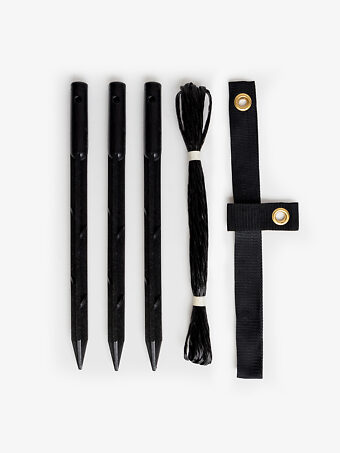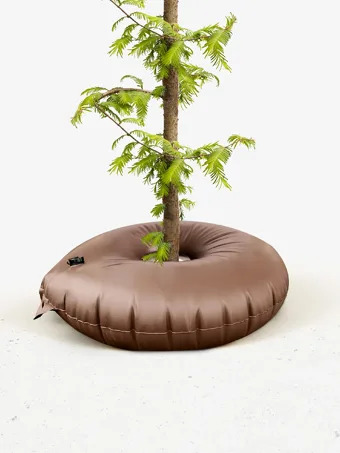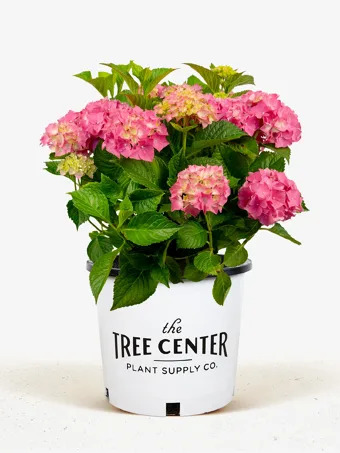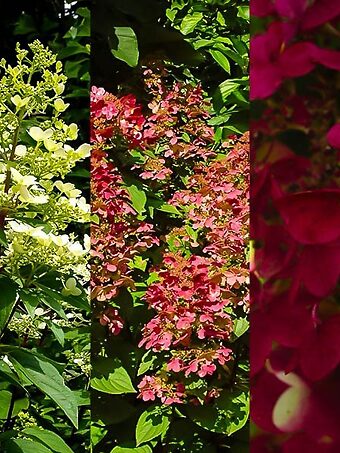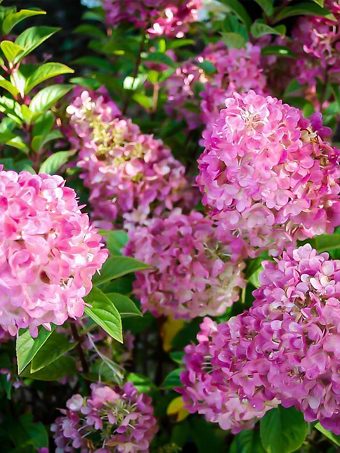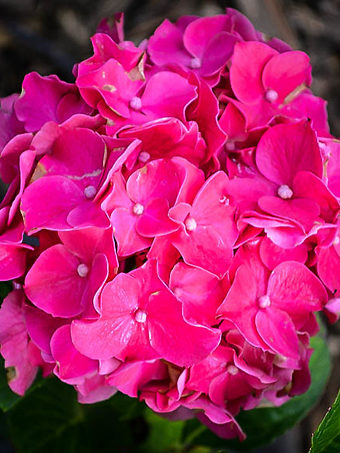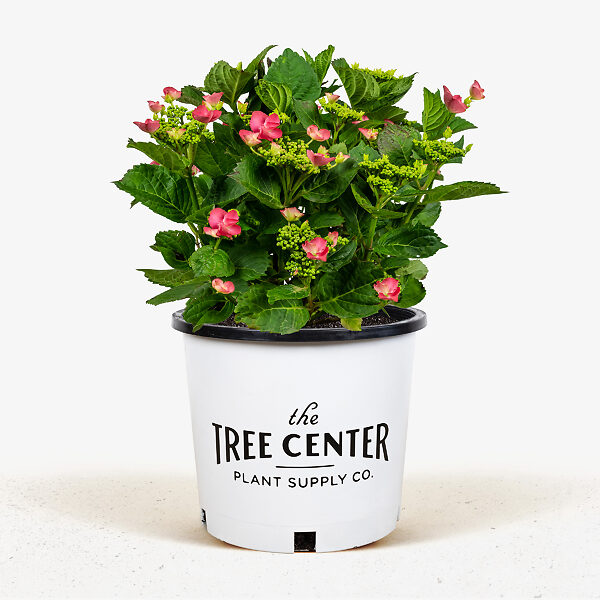
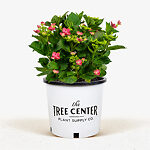
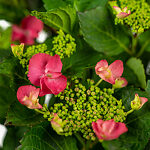
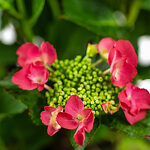
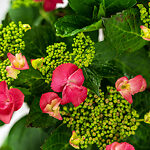
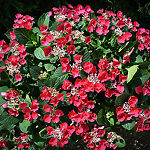

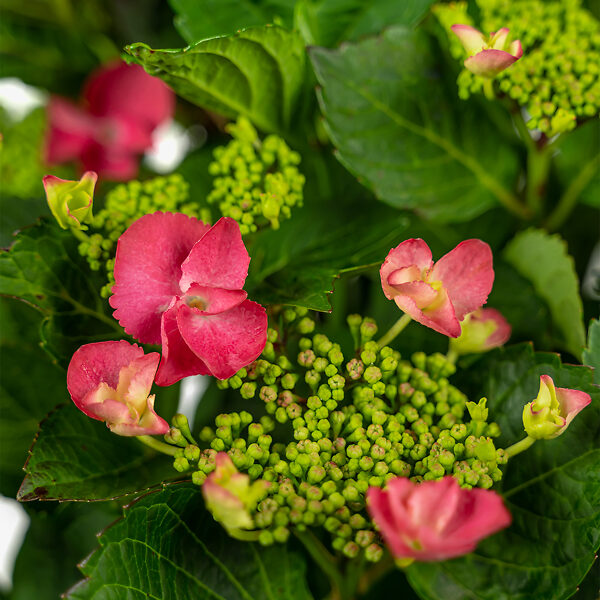
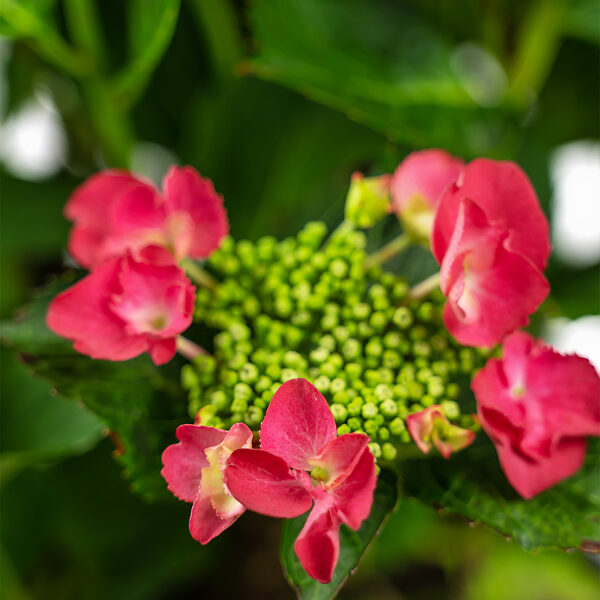
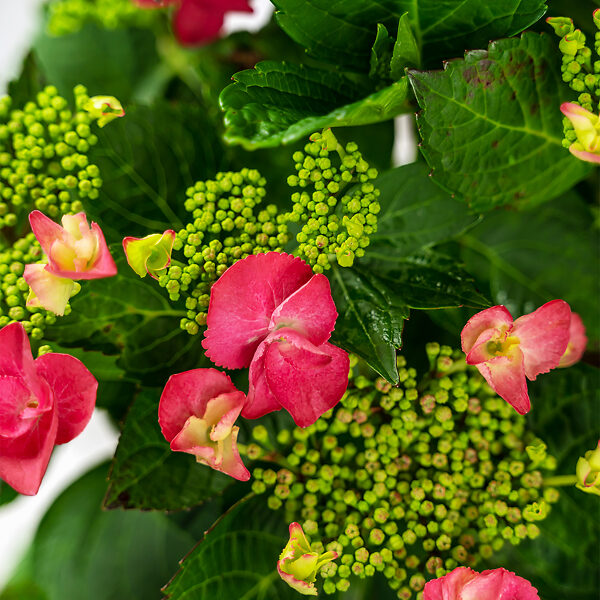
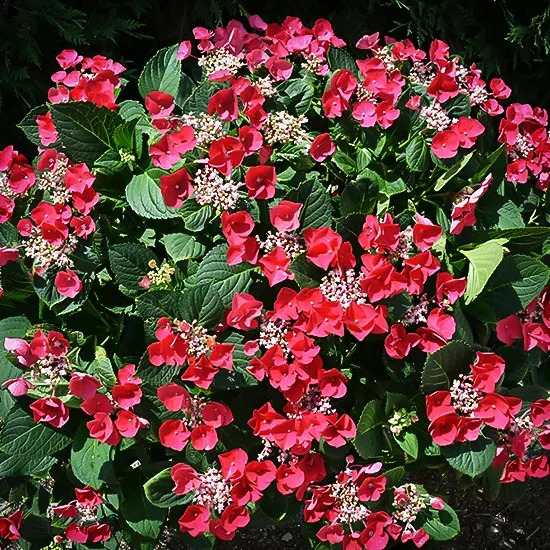
Cherry Explosion Hydrangea
Hydrangea macrophylla ‘McKay’ (PP# 28,757)View more from Hydrangeas
Cherry Explosion Hydrangea
Hydrangea macrophylla ‘McKay’ (PP# 28,757)
Buy in monthly payments with on orders over $50.Prequalify now
on orders over $50.Prequalify now
this item doesn’t ship to
The Cherry Explosion Hydrangea is a wonderful cold-hardy shrub with large Lacecap blooms. These have a crown of very large dark pink blooms surrounding an inner cluster of small white blossoms. In very acid soils the blooms will be more purple. Growing 3 or 4 feet tall in most areas, this compact plant has attractive dark-green foliage that turns burgundy red in fall. Blooms appear in July on older wood, and last 8 weeks, followed by more blooms on new growth, continuing right into the fall. Grow it in borders and planters for a big bang of summer and fall blooming.
- Lacecap flowers with huge outer blossoms
- Bright dark pink blooms
- In bloom from July to first frost
- Compact mounded form
- Good cold resistance
The Cherry Explosion Hydrangea will keep its flower buds in zone 5, and overwinter to grow new flowering stems in zone 4. It also grows well all the way into zone 9. It should be grown in rich, moist soil that is well-drained. Avoid both dryness and standing water. Pests are rare, and it is resistant to powdery mildew. In cool zones grow in more sun, and in more shade in hotter zones. Prune in spring to remove old and damaged wood, and trim after the first blooms are over to encourage new growth.

Botanical Name:
Hydrangea macrophylla ‘McKay’ (PP# 28,757)
Mature Width:
3-5 ft
Mature Height:
3-5 ft
Grows Well In:
Zones 4-9
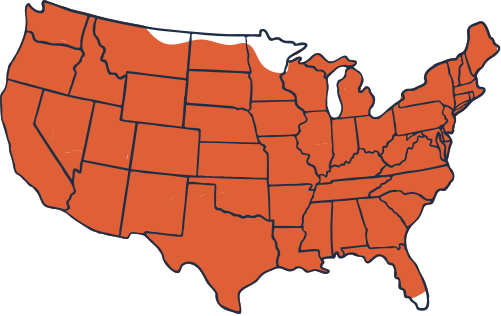
Sun Needs:
Full Sun, Partial Sun, Shade
Water Needs:
High
Growth Rate:
Medium
Flower Color:
Red, White
Flowering Season:
Summer



